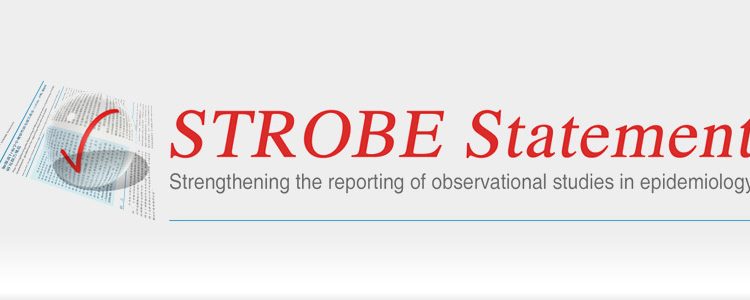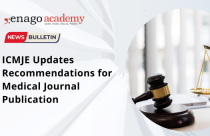Improving Biomedical Research Reporting With STROBE Statement

Biomedical research is often based on observational studies, so it is important that all observations are carried out carefully and reported in an appropriate way to ensure that they are reliable and useful. In 2004, an international group of medical researchers, methodologists, statisticians, and journal editors came together for a two-day workshop—followed by other meetings and e-mail discussions—to draft a checklist, STROBE, including the main points that should be included in an accurate and strong report of an observational study.
The STROBE Statement
After several revisions considering empirical evidence and methodological aspects, the group presented the STrengthening the Reporting of OBservational studies in Epidemiology (STROBE) statement, which contains twenty-two items that define how the different parts of a manuscript (Title, Abstract, Introduction, Methods, Results, and Discussion) should be presented when reporting observational results in cohort, case-control, or cross-sectional biomedical studies. The statement is supported by many leading journals including The Lancet and The British Medical Journal (BMJ).
Transparency is crucial in scientific publishing; however, unfortunately, in many biomedical papers important information is either missing or unclear. Suitable guidelines can help researchers to strengthen their reporting skills. As in the case of randomized trials, which have benefited from the introduction of the CONsolidated Standards Of Reporting Trials (CONSORT) statement developed in 1996.
Guidelines
The developers of the STROBE statement point out that their intention is only to provide guidance on how to report observational results. The checklist is not meant to prescribe ways for designing or conducting studies and should not be used to evaluate the quality of observational research. The items listed in the STROBE statement should be addressed well in the article. However, the order and format in which this is done depend on the authors’ preferences and the guidelines of the journals.
The complete checklist can be found here; the main points included are:
- Title and abstract (item 1): The study’s design should be indicated, and a clear summary of what was done and found should be provided.
- Introduction (items 2 and 3): Relevant background information should be given in the introduction. The objectives of the research work must be clearly stated.
- Methods (items 4 to 12): In this section, a detailed description of the study should be provided, including information about the study design and size, location, participants, procedures used to collect the data, potential confounders, possible sources of bias, statistical methods, and others.
- Results (items 13 to 17): The main results should be presented, accompanied by a clear description of the number and characteristics of the participants and a report on all the analyses performed.
- Discussion (items 18 to 21): The key results must be summarized and interpreted according to the objectives of the work. It is also important to discuss the limitations and generalizability of the study.
- Other information (item 22): Funding information should also be provided.
Limitations and Extensions
At present, STROBE is limited to three main observational study designs (cohort, case-control, and cross-sectional), but extensions are being developed to adapt the list to other systems, for example, to gene-disease association studies. In general, the STROBE statement should be seen as a developing document that has to be continually evaluated, refined, and maybe even revised using up-to-date input from many researchers, editors, and methodologists.









